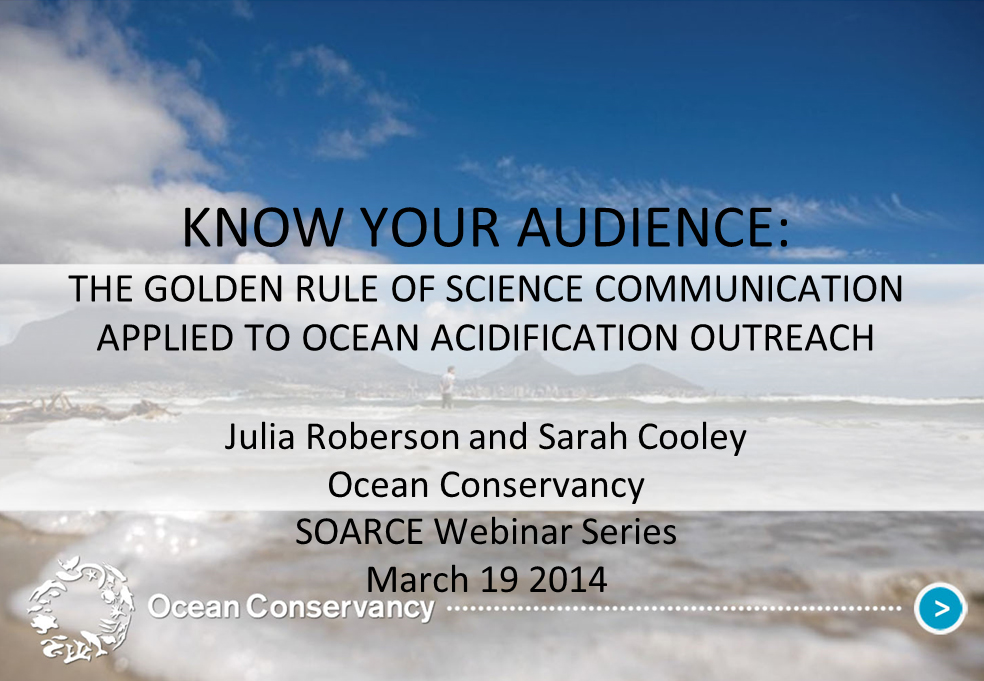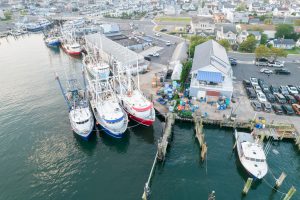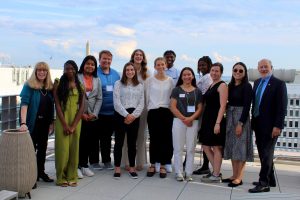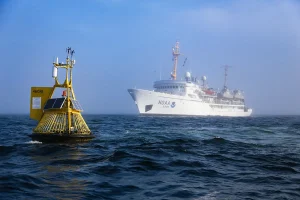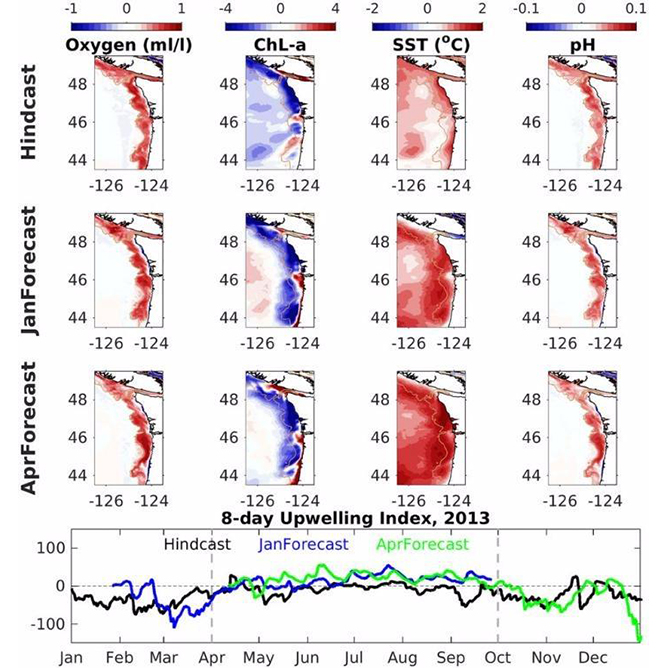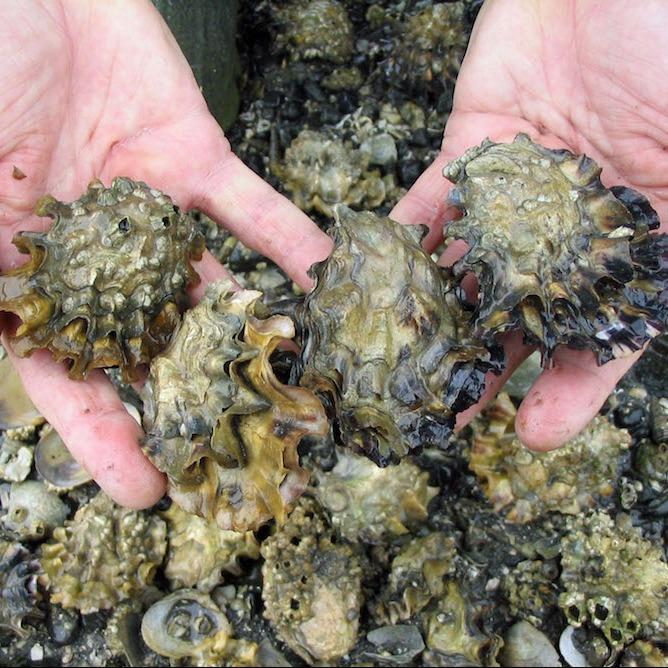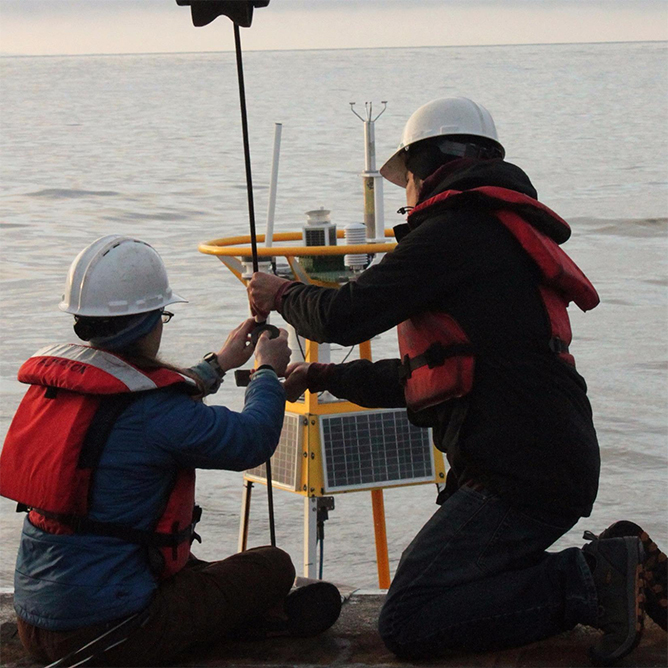SOARCE Webinar
Presenters: Julia Roberson & Sarah Cooley, The Ocean Conservancy
Primary audience: Informal educators, Stakeholders
Date/time: Wednesday, March 19th, 3pm ET (12pm PT)
The most fundamental and critical component of any communications strategy is to consider who is listening. Are you speaking to specialists? Science translators? Or the interested public? In this talk we will discuss the development of key ocean acidification (OA) communications resources that target different audiences. The first, “Frequently Asked Questions about Ocean Acidification,” was designed by OA scientists for other scientists, and contains detailed information derived from the primary literature, along with discussions of uncertainty. The second, “20 Facts about Ocean Acidification,” was developed from the FAQs to provide brief, accurate overview statements for science communicators working in structured environments, such as formal educators and science journalists. The third, “Ocean Acidification Talking Points for General Audiences” was developed from these documents and public opinion polling, to guide communicators and educators’ efforts to convey information on the ocean, ocean acidification, its impacts, and possible opportunities for action. We will compare and contrast the origins and nuances of each document to show how communications around ocean acidification need to be tailored to audiences. If time permits, we will work through a new example to demonstrate how main messages are developed.
About the Speakers:
Julia Roberson is the Director of the Ocean Conservancy’s ocean acidification program. Her passion is exploring tough environmental issues and communicating about the people and stories behind them in ways that lead to action. Prior to joining the Ocean Conservancy, she managed the Pew Environment Group’s Global Tuna Conservation Campaign, seeking science-based, enforceable catch limits and other management measures for tuna species threatened by overfishing. Before joining Pew, Roberson launched and managed campaigns in London and Paris for SeaWeb, including Caviar Emptorand L’Autre Caviar (“The Other Caviar”), which sought protection for endangered Caspian Sea sturgeon, the source of the world’s wild caviar, by partnering with chefs, restaurateurs and scientists around the world. The campaigns resulted in the United States listing beluga sturgeon under the Endangered Species Act, and led to stricter international trade protection for sturgeon. She managed Too Precious to Wear, a SeaWeb campaign which partnered with representatives from the jewelry and design sectors to raise awareness of the threats facing the world’s corals. Both Too Precious to Wear andCaviar Emptor were recipients of the Silver Anvil award from the Public Relations Society of America.
</ br>
